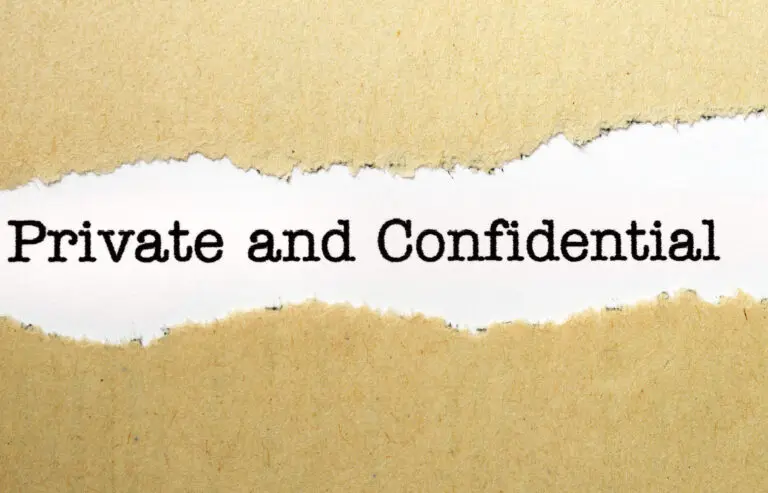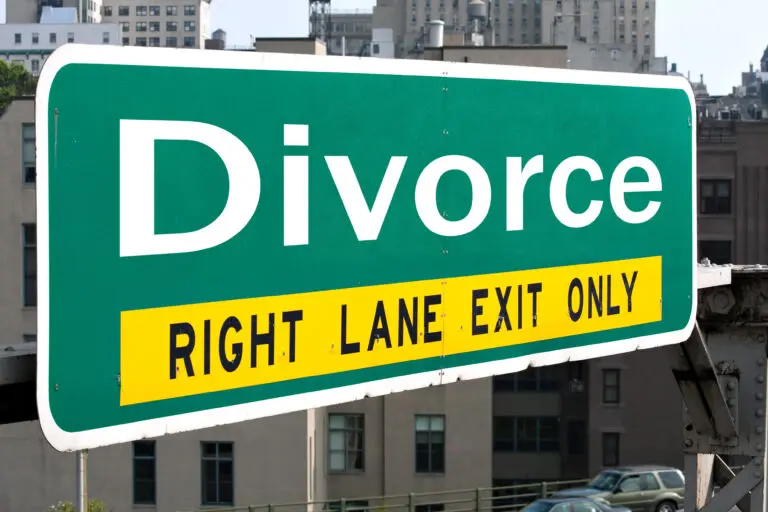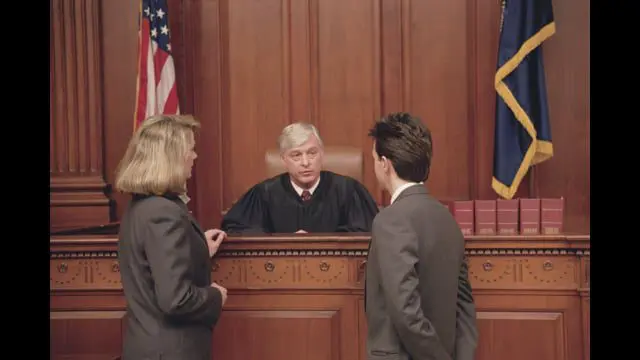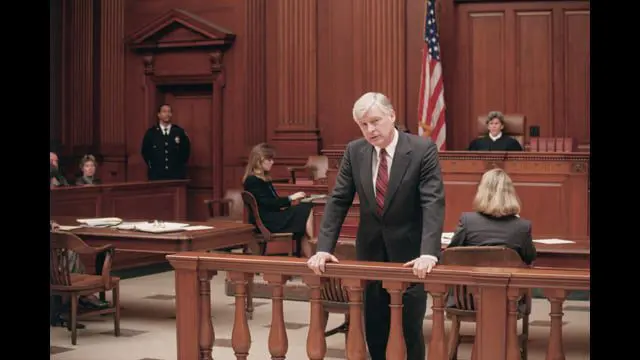In the complex landscape of employment law, wrongful termination stands out as a critical issue that affects countless workers across the United States. This unlawful practice occurs when an employer fires an employee for reasons that violate federal or state laws, breach an employment contract, or contravene public policy. Understanding the nuances of wrongful termination is essential for both employees and employers to navigate the often turbulent waters of workplace disputes and legal challenges.
El concepto de wrongful termination is rooted in the fundamental principle that while employers generally have the right to terminate employees at will, this right is not absolute. There are numerous legal protections in place that limit an employer’s ability to fire workers arbitrarily or for discriminatory reasons. These protections form the backbone of derecho laboral and serve as a safeguard against unjust dismissals that can have devastating consequences on individuals’ lives and careers.
One of the primary reasons wrongful termination claims arise is due to violations of anti-discrimination laws. The Civil Rights Act of 1964, along with subsequent legislation, prohibits employers from terminating employees based on protected characteristics such as race, color, religion, sex, national origin, age, disability, or genetic information. When an employer fires a worker because of these factors, it constitutes a clear case of wrongful termination and opens the door for legal action.
Another common ground for wrongful termination claims is retaliation. Employees who engage in protected activities, such as reporting illegal conduct, filing a complaint about workplace harassment, or participating in an investigation, are shielded from retaliatory dismissal. If an employer terminates an employee in response to these actions, it is considered wrongful termination and a violation of whistleblower protection laws.
Constructive discharge is a related concept that falls under the umbrella of wrongful termination. This occurs when an employer creates such intolerable working conditions that an employee feels compelled to resign. While the employee may have technically quit, the law recognizes that the resignation was effectively a termination initiated by the employer’s actions. Constructive discharge cases can be challenging to prove but are an important aspect of wrongful termination law.
The legal landscape surrounding wrongful termination is continually evolving, with new precedents set by court decisions and legislative changes. For instance, recent years have seen an expansion of protections for LGBTQ+ workers, with the Supreme Court ruling that discrimination based on sexual orientation or gender identity is prohibited under Title VII of the Civil Rights Act. This landmark decision has significant implications for wrongful termination cases involving LGBTQ+ employees.
En el ámbito de employment contracts, wrongful termination can occur when an employer breaches the terms of a written or implied agreement. Many employment contracts specify the conditions under which an employee can be terminated, often requiring “just cause” for dismissal. If an employer fails to adhere to these contractual obligations, the terminated employee may have grounds for a wrongful termination lawsuit.
Public policy violations represent another category of wrongful termination. This occurs when an employee is fired for reasons that society deems unacceptable or contrary to established public policy. For example, terminating an employee for refusing to engage in illegal activities, exercising a legal right (such as taking family leave), or fulfilling a civic duty (like jury service) would likely be considered wrongful termination on public policy grounds.
En at-will employment doctrine, which is prevalent in most U.S. states, allows employers to terminate employees for any reason or no reason at all, provided it’s not illegal. However, this doctrine has numerous exceptions that can form the basis of wrongful termination claims. These exceptions include implied contracts, covenant of good faith and fair dealing, and statutory protections that override the at-will presumption.
When facing a potential wrongful termination, employees should be aware of the steps they can take to protect their rights. Documenting the circumstances surrounding the termination, including any communications or incidents that may have led to the dismissal, is crucial. Employees should also be familiar with their company’s grievance procedures and consider utilizing internal complaint mechanisms before pursuing external legal action.
For those who believe they have been wrongfully terminated, seeking legal counsel from an experienced employment attorney is often the next step. An attorney can evaluate the specifics of the case, advise on the strength of potential claims, and guide the employee through the process of filing a complaint with the appropriate agency, such as the Equal Employment Opportunity Commission (EEOC) or state labor department.
The process of proving wrongful termination can be complex and requires a thorough understanding of empleo law. Evidence such as performance reviews, witness statements, and company policies can all play a role in building a strong case. In many instances, wrongful termination claims are resolved through negotiation or mediation before reaching the courtroom, but some cases do proceed to trial.
Employers, on the other hand, must be vigilant in their termination practices to avoid potential wrongful termination claims. This includes maintaining clear and consistent policies, documenting performance issues and disciplinary actions, and ensuring that all termination decisions are based on legitimate, non-discriminatory reasons. Regular training for managers and supervisors on proper termination procedures and anti-discrimination laws can help mitigate the risk of wrongful termination lawsuits.
The remedies available in wrongful termination cases can vary depending on the specific circumstances and applicable laws. Common remedies include back pay, which compensates the employee for lost wages from the time of termination to the resolution of the case, and front pay, which provides compensation for future lost earnings. In some cases, reinstatement to the former position may be ordered, although this is less common due to the often strained relationship between the parties.
Compensatory damages may also be awarded to cover emotional distress, damage to reputation, and other non-economic losses resulting from the wrongful termination. In cases where the employer’s conduct is particularly egregious, punitive damages might be imposed to deter similar behavior in the future. However, it’s important to note that there are often statutory caps on the amount of damages that can be awarded in employment discrimination cases.
The impact of wrongful termination extends beyond the individual employee affected. It can have ripple effects throughout the workplace, damaging morale, productivity, and the overall company culture. For this reason, many organizations are placing increased emphasis on fair employment practices and creating robust internal mechanisms for addressing workplace grievances.
In recent years, there has been a growing trend towards alternative dispute resolution methods in employment cases, including wrongful termination claims. Arbitraje y mediación are becoming more common as ways to resolve disputes outside of the traditional court system. While these methods can offer faster and less costly resolutions, they have also been criticized for potentially limiting employees’ rights and access to the full range of legal remedies.
The rise of the gig economy and non-traditional employment arrangements has introduced new challenges in the realm of wrongful termination law. Independent contractors, for example, typically do not have the same protections against wrongful termination as traditional employees. However, there is ongoing debate and litigation surrounding the classification of workers in the gig economy, which could have significant implications for wrongful termination claims in these sectors.
Another emerging area in wrongful termination law concerns social media and off-duty conduct. With the increasing blurring of lines between personal and professional life, questions arise about an employer’s right to terminate an employee for social media posts or other off-duty behavior. Courts are grappling with balancing employees’ rights to free speech and privacy against employers’ interests in protecting their reputation and maintaining a harmonious workplace.
The COVID-19 pandemic has also introduced new considerations in wrongful termination cases. Issues such as terminations related to compliance with health and safety protocols, disputes over remote work arrangements, and layoffs due to economic hardship have all given rise to novel legal questions. As the workplace continues to evolve in response to the pandemic, it’s likely that new forms of wrongful termination claims will emerge.
For employees who have been wrongfully terminated, the emotional and financial toll can be significant. Beyond the immediate loss of income, wrongful termination can lead to long-term career setbacks, damage to professional reputation, and psychological distress. Recognizing these impacts, some jurisdictions have expanded the types of damages available in wrongful termination cases to include compensation for these broader harms.
Employers facing wrongful termination claims must navigate a complex legal landscape while also managing the practical and reputational risks associated with such allegations. Developing comprehensive termination policies, conducting thorough investigations before making termination decisions, and maintaining detailed records of employee performance and conduct are all critical steps in mitigating the risk of wrongful termination claims.
The role of human resources departments in preventing wrongful termination cannot be overstated. HR professionals play a crucial role in ensuring that termination decisions are made fairly and in compliance with applicable laws. This includes conducting regular training on anti-discrimination policies, implementing effective performance management systems, and serving as a neutral party in employee disputes.
In some cases, wrongful termination claims can lead to class action lawsuits, particularly when systemic discrimination or widespread policy violations are alleged. These large-scale cases can have significant financial and reputational consequences for employers and often result in not only monetary settlements but also mandated changes to company policies and practices.
The intersection of wrongful termination law with other areas of employment law, such as wage and hour regulations, family and medical leave policies, and workplace safety standards, creates a complex web of legal considerations. Employers must navigate this intricate landscape carefully, as violations in one area can often lead to claims in others.
As technology continues to reshape the workplace, new challenges in wrongful termination law are likely to emerge. Issues such as privacy concerns related to employee monitoring, the use of artificial intelligence in hiring and firing decisions, and the impact of automation on job displacement are all areas that may give rise to novel wrongful termination claims in the future.
The global nature of many businesses today also introduces international considerations in wrongful termination cases. Multinational companies must be aware of the varying employment laws and termination regulations across different countries, as what may be permissible in one jurisdiction could be grounds for a wrongful termination claim in another.
In conclusion, wrongful termination remains a critical issue in employment law, with far-reaching implications for both employees and employers. As the workplace continues to evolve, so too will the legal framework surrounding wrongful termination. Staying informed about these developments, understanding one’s rights and responsibilities, and seeking appropriate legal counsel when necessary are essential steps for anyone navigating the complex terrain of employment termination. By recognizing the signs of wrongful termination and being prepared to fight back when necessary, employees can protect their rights and livelihoods, while employers can foster fair and legally compliant workplaces that benefit all parties involved.
- https://www.law.cornell.edu/wex/wrongful_termination
- https://www.ottingerlaw.com/blog/wrongful-termination-cases-supreme-court/
- https://azadianlawgroup.com/blog/how-common-is-wrongful-termination/
- https://www.shrm.org/topics-tools/employment-law-compliance/jury-awards–41m-in-discrimination–wrongful-termination-case
- https://www.business.com/articles/illegal-reason-to-fire-someone/









